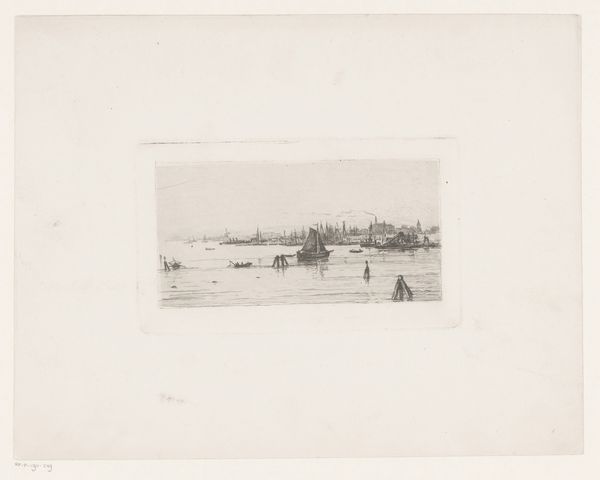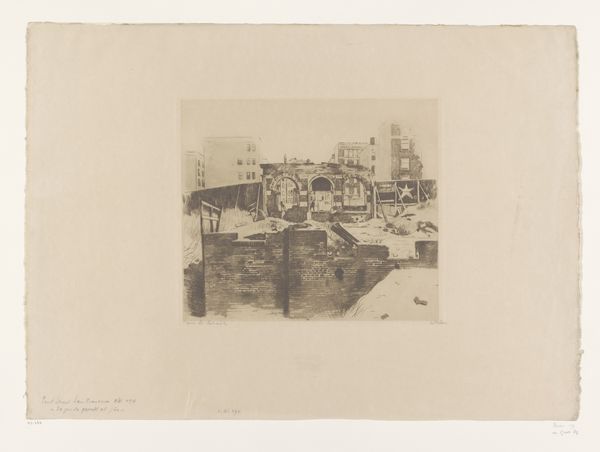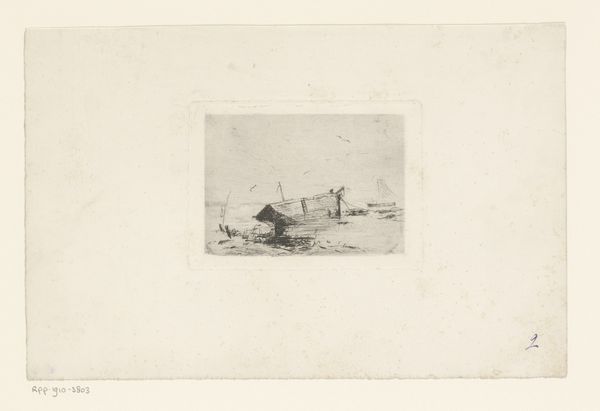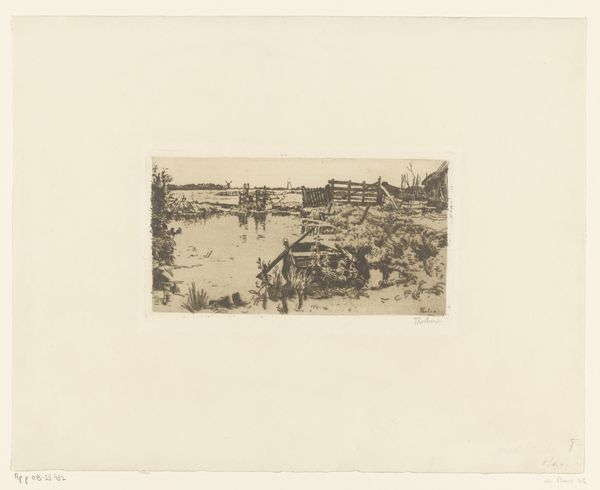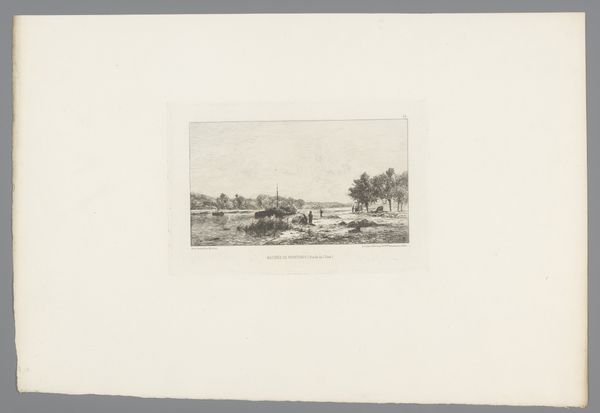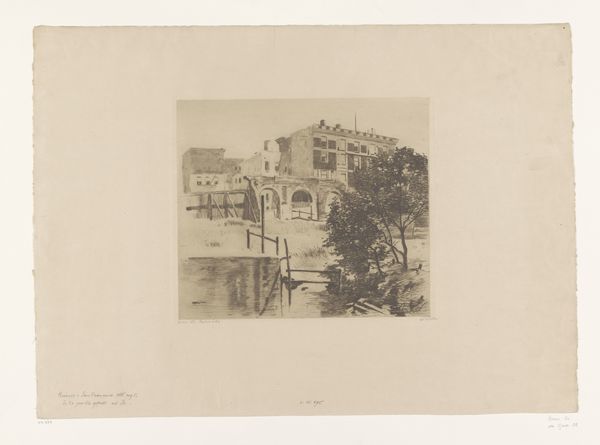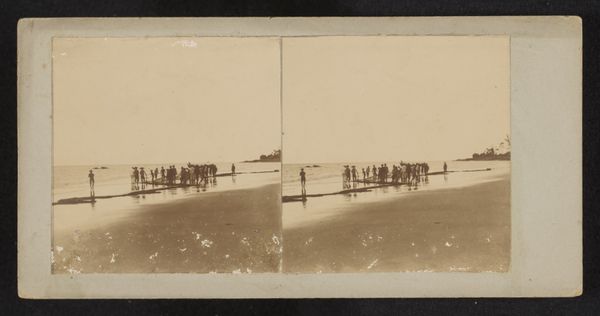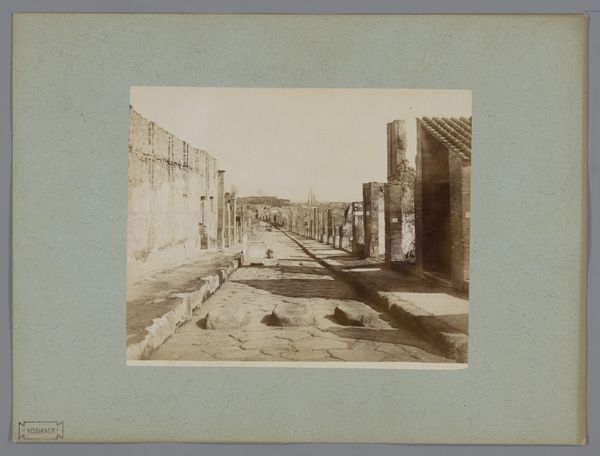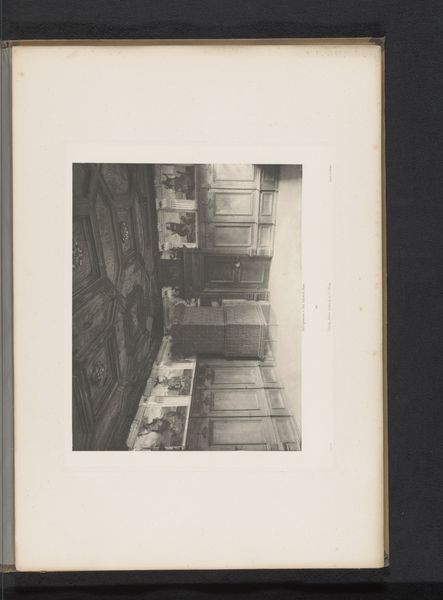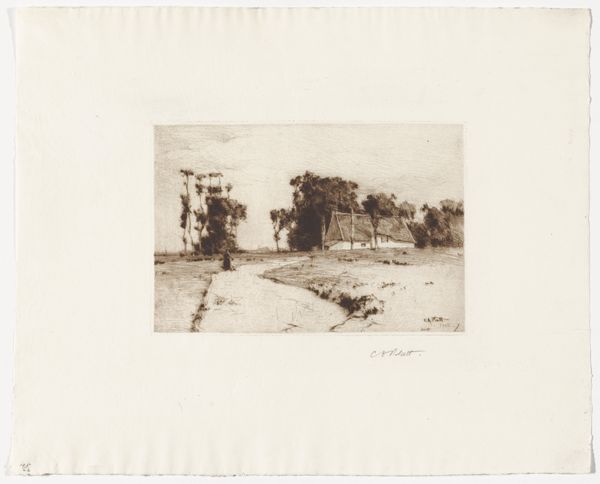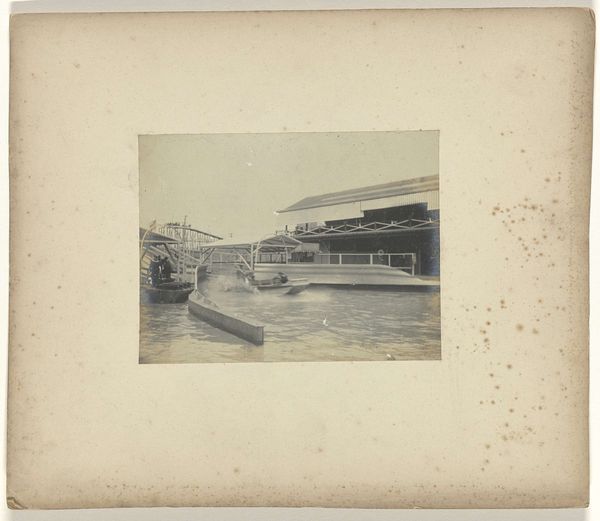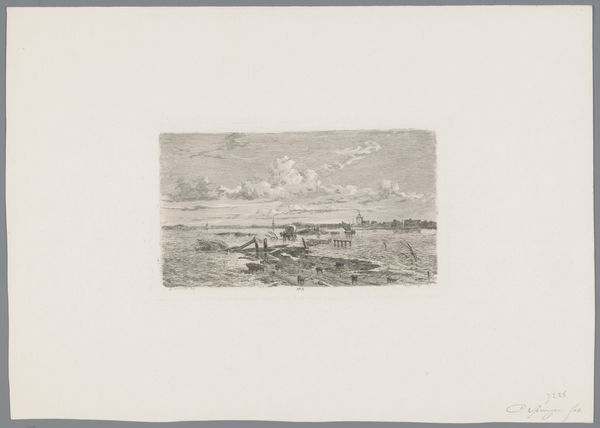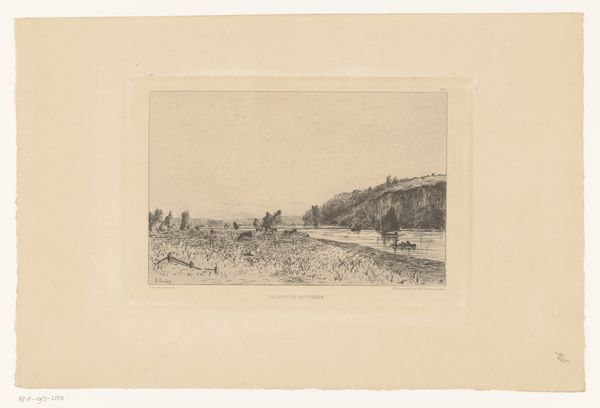
print, etching
# print
#
impressionism
#
etching
#
landscape
#
etching
#
cityscape
Dimensions: 5 11/16 x 7 15/16 in. (14.45 x 20.16 cm)
Copyright: Public Domain
Curator: This is John Henry Twachtman’s “Bridgeport,” an etching he created between 1888 and 1889. It’s part of the collection at the Minneapolis Institute of Art. What strikes you initially about this print? Editor: The subtle variations in tone give this etching a ghostly, ethereal quality. The scene itself seems so commonplace, and yet Twachtman transforms it through these delicate lines. The way he uses the etching to convey a certain dampness, perhaps, or the play of light on the water. It draws me in. Curator: Absolutely. It reflects the Impressionist influence on American art. The setting, likely an industrial area, wasn't traditionally seen as picturesque, but Twachtman saw beauty in the everyday, challenging established aesthetic norms. We have to also appreciate the materiality. This isn't about a grand historical subject but the tangible world around us, reproduced through labor-intensive etching techniques. Editor: Tell me more about the social context and its subject. Why an industrial town for an etching at this time? Curator: Industrial expansion profoundly reshaped American cities and landscapes. While some artists celebrated progress, Twachtman's Bridgeport is more ambiguous. The city emerges from the river—industry and nature intermingling. By focusing on the atmospheric effects, the etching becomes more than just documentation; it’s a comment on humanity’s imprint and its impact on the natural world. Consider how the act of creating and selling prints democratized art ownership to some degree. Editor: And look closely, there is much to explore regarding the materiality of the print itself; the visible plate marks around the image, they are signs of craft—that physicality adds another layer of meaning, anchoring the ethereal scene back to a grounded, labor-intensive process. And beyond subject, this becomes another challenge of art-making: how might we replicate water's reflectiveness and constant movement with static means? Curator: A crucial observation! It underscores the artistic intention and skill that elevates this from simple reproduction to art. The scene's ordinariness becomes extraordinary precisely through the artist's hand. The composition, initially appearing simple, shows Twachtman's intention for this cityscape scene, even though understated and devoid of any glorious symbolism. Editor: Agreed. Seeing it this way offers another way to reflect on it; the subject, treated through this printing process, has a rather quiet resilience. Curator: It definitely makes me think about how even the grittiest of landscapes hold artistic potential. Editor: Likewise, I will surely appreciate the interplay of materials and craftsmanship in Twachtman's work even more now.
Comments
No comments
Be the first to comment and join the conversation on the ultimate creative platform.
